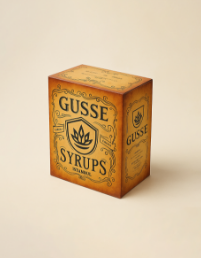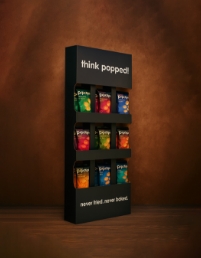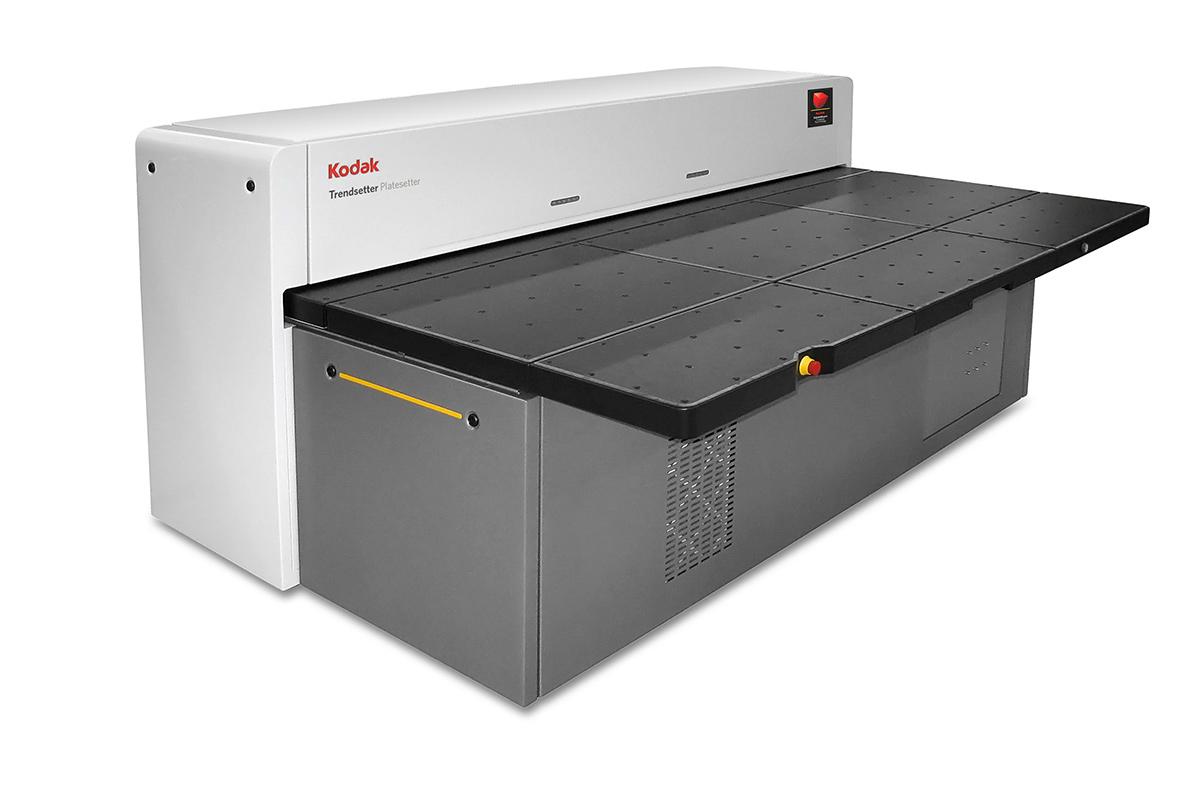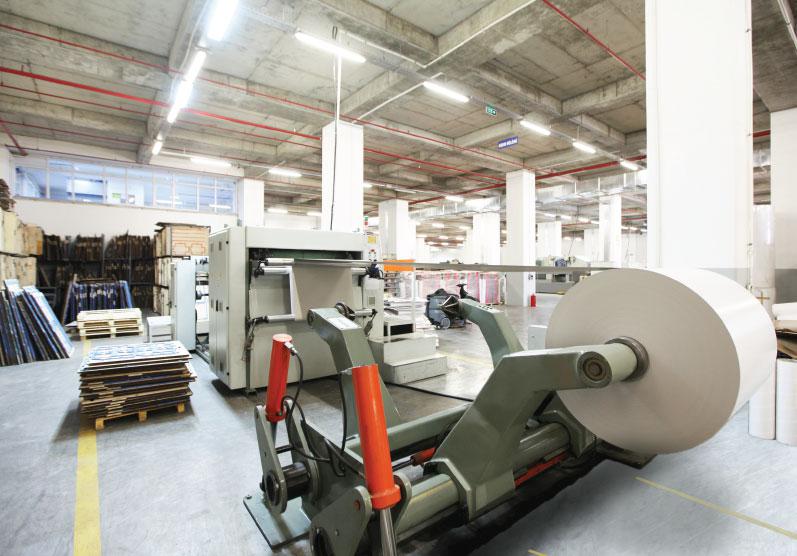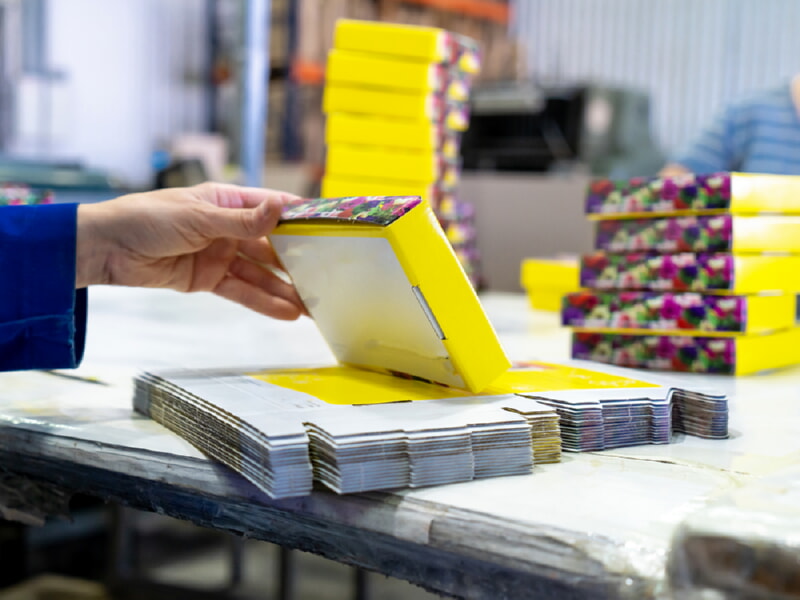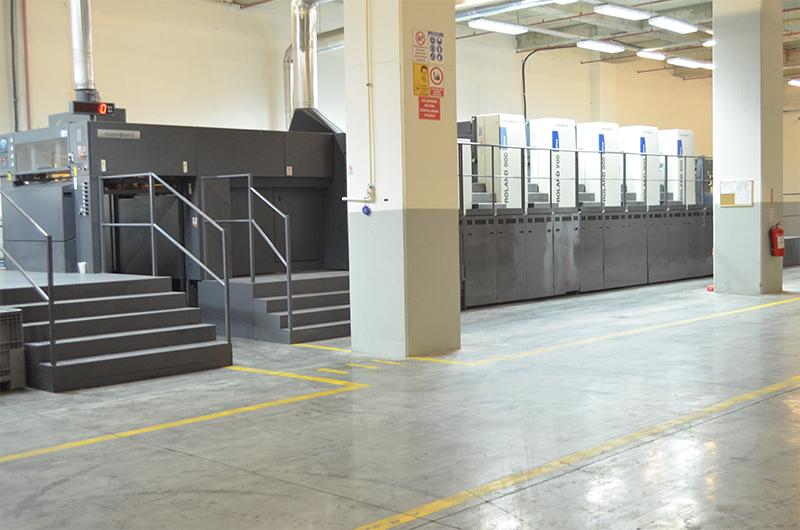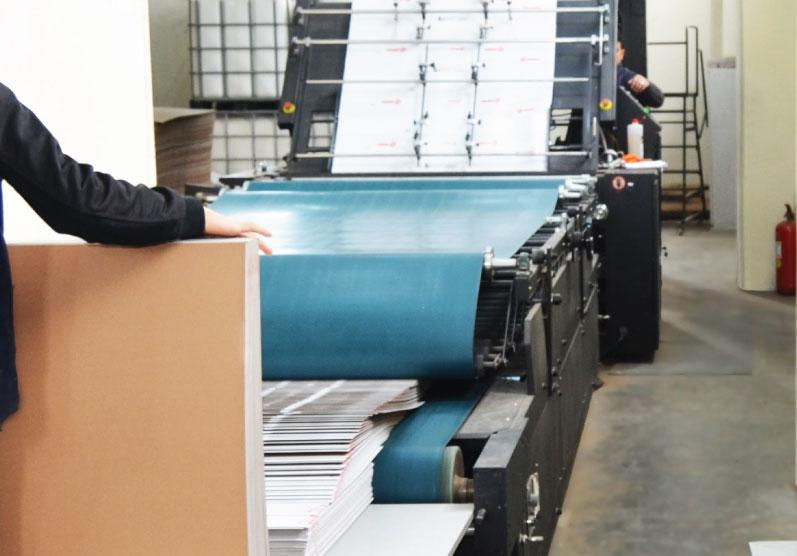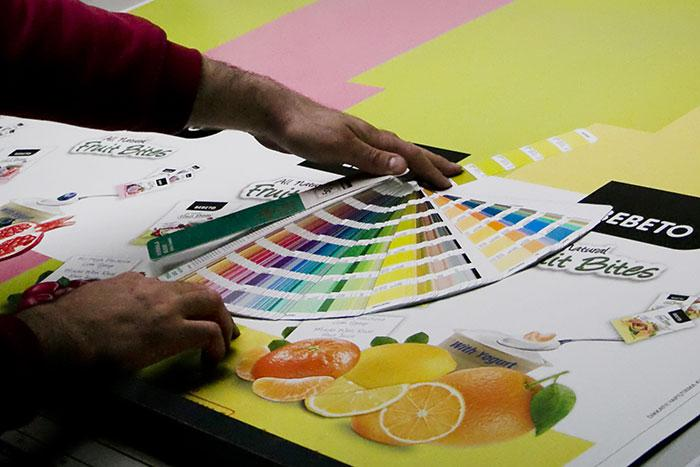
Color Separation
Color separation is performed for orders that have completed the pre-design process and received customer approval to proceed to the offset printing stage.
Color separation is the process of separating the colors that make up the original design into the CMYK primary colors used in printing. These primary colors are cyan, magenta, yellow, and black. Each of these separations is exposed onto a separate plate. The exposed plates are then printed on top of each other on the same carrier to produce the print.
Today, after color separation, files are typically transferred directly to CTP (computer-to-plate) devices, which are products of advanced technology. However, in addition to trichromatic (CMYK-printed) jobs, there may be a spot (extra) color on our work that cannot be obtained from trichromatic colors or that requires emphasis on color intensity. This color must also be printed by being transferred to film and plates, just like CMYK colors. At this stage, depending on the nature of our work, we need to perform certain operations using vector drawing programs or image processing programs to ensure that the spot (extra) color can also be printed, and save it in the correct format.
The lightness and darkness of colors are created based on the size of the halftone dots, which have specific angles. The most dominant color forms a 45-degree angle (this is usually black). The least dominant color forms a 0-degree angle (this is usually yellow). Magenta and cyan usually form angles of 15 or 75 degrees. The reason these dots form angles in this way is to create different tones without overlapping. Our eyes perceive the dots side by side together. If color separation is not performed at the specified angles, a pattern problem called “mottling” occurs. Three important terms used in color separation: Tram: Points that create transitions (shades). (Number of points per 1 cm). Tire: Solid colors without transition tones. Refers to film made without using dots. Lup: A special magnifying glass used in color separation.
ATEŞLER AMBALAJ performs color separation directly on the CTP plate using its own equipment. The KODAK CTP Plate Machine XPOSE! Thermal Model and the KODAK CTP Processing Machine are the two machines we use for this purpose.

